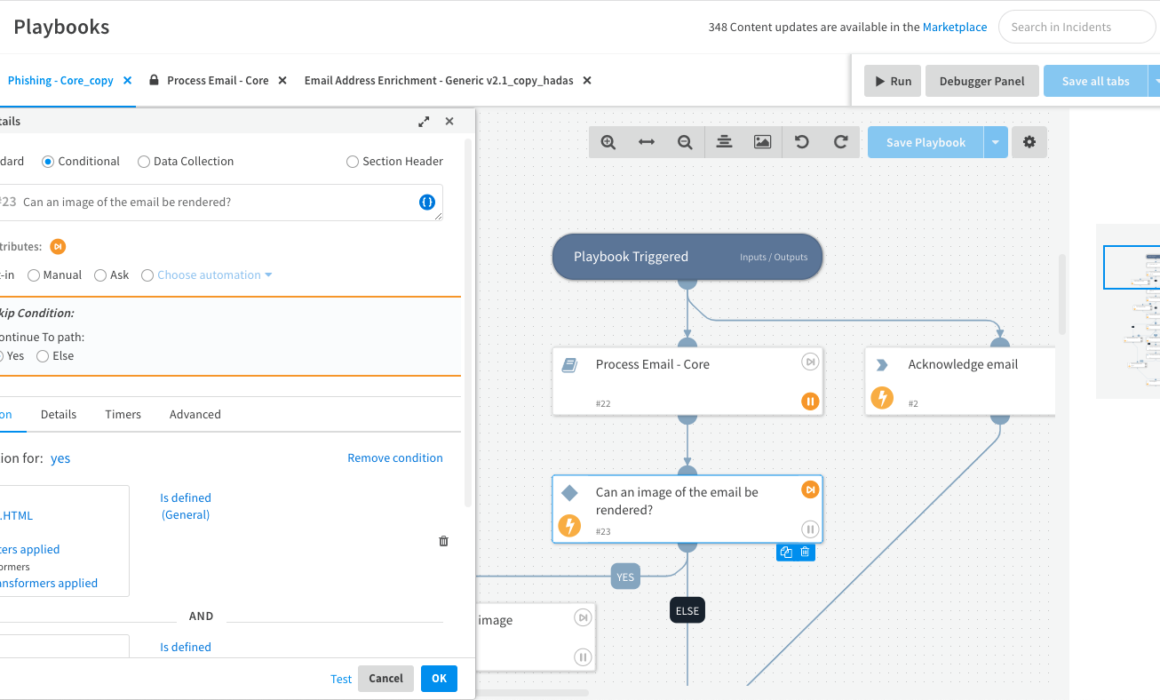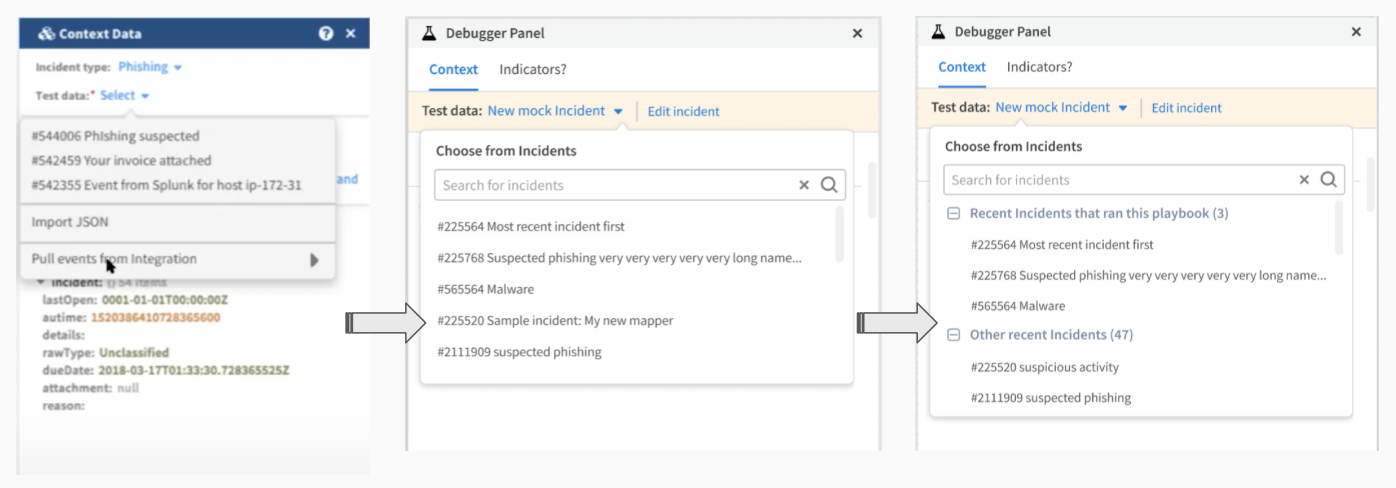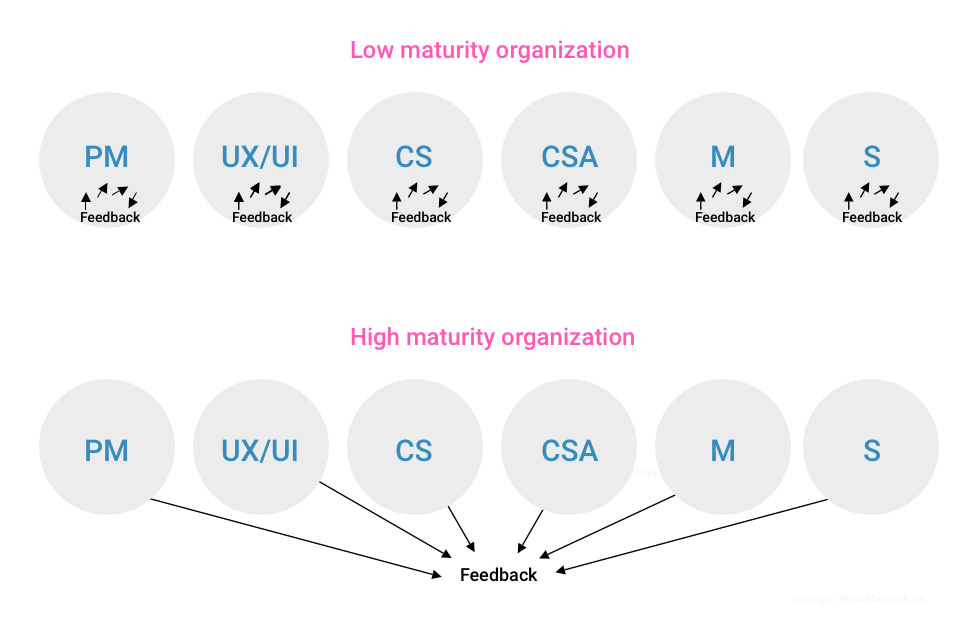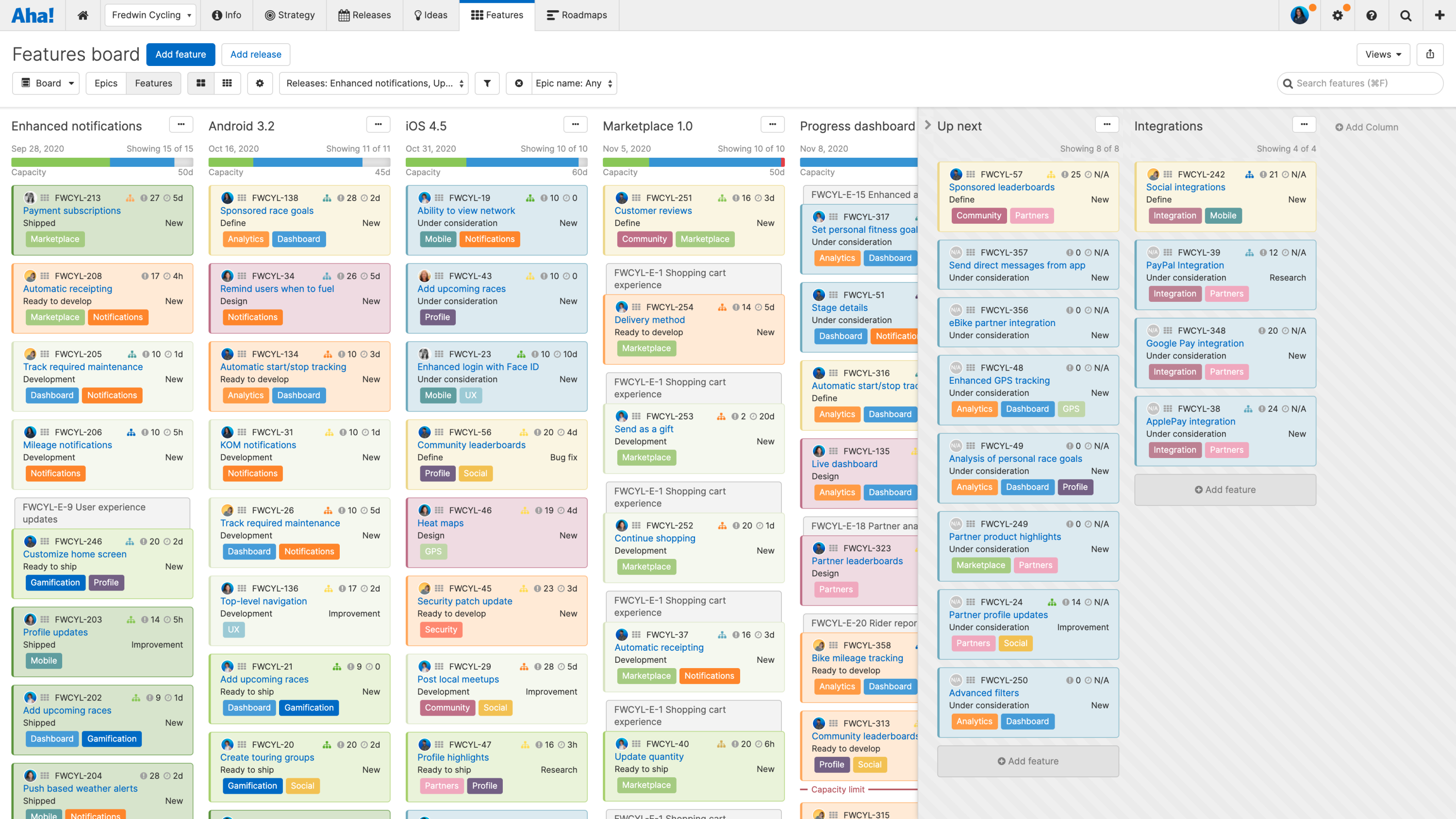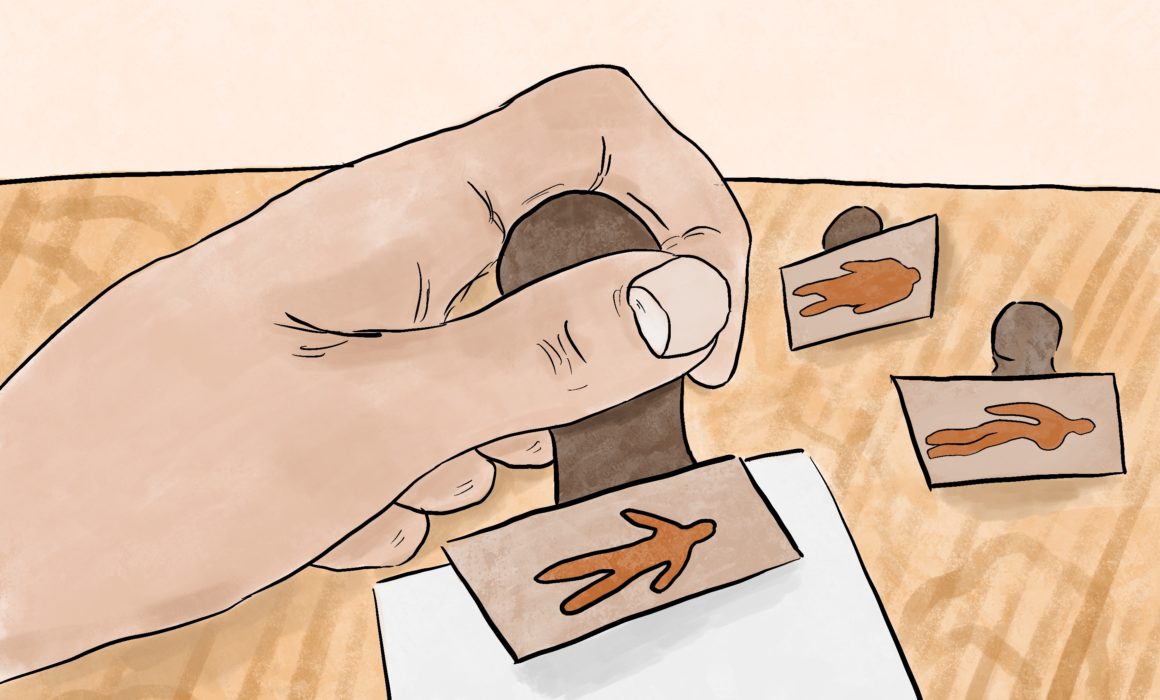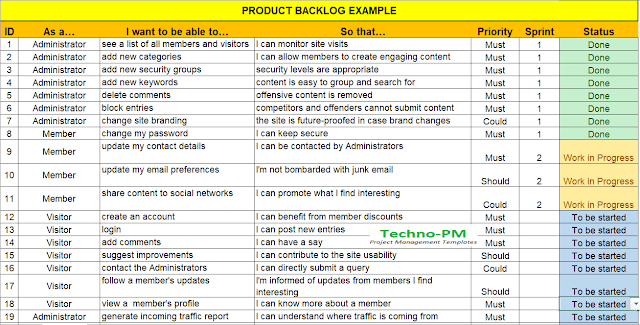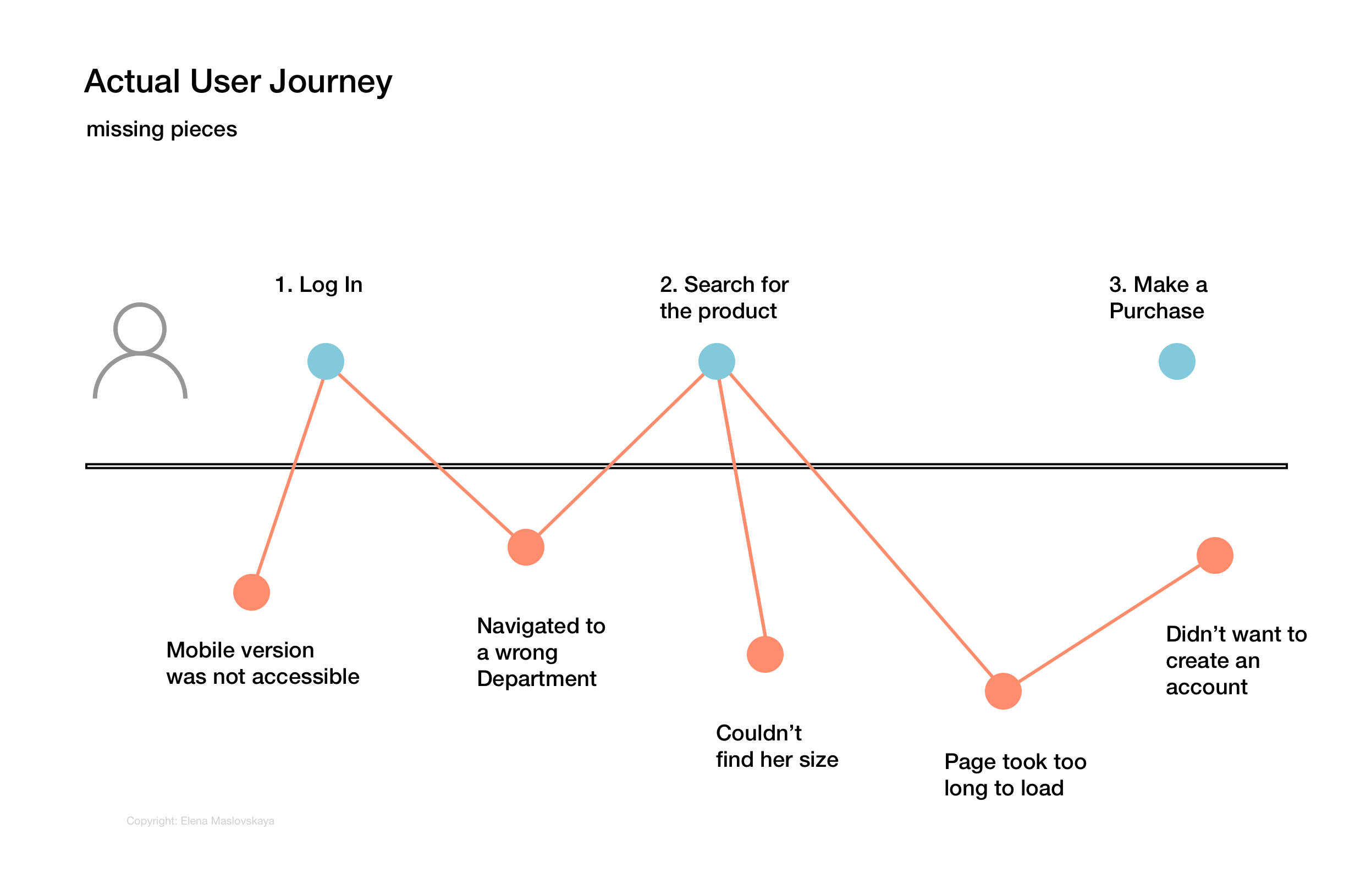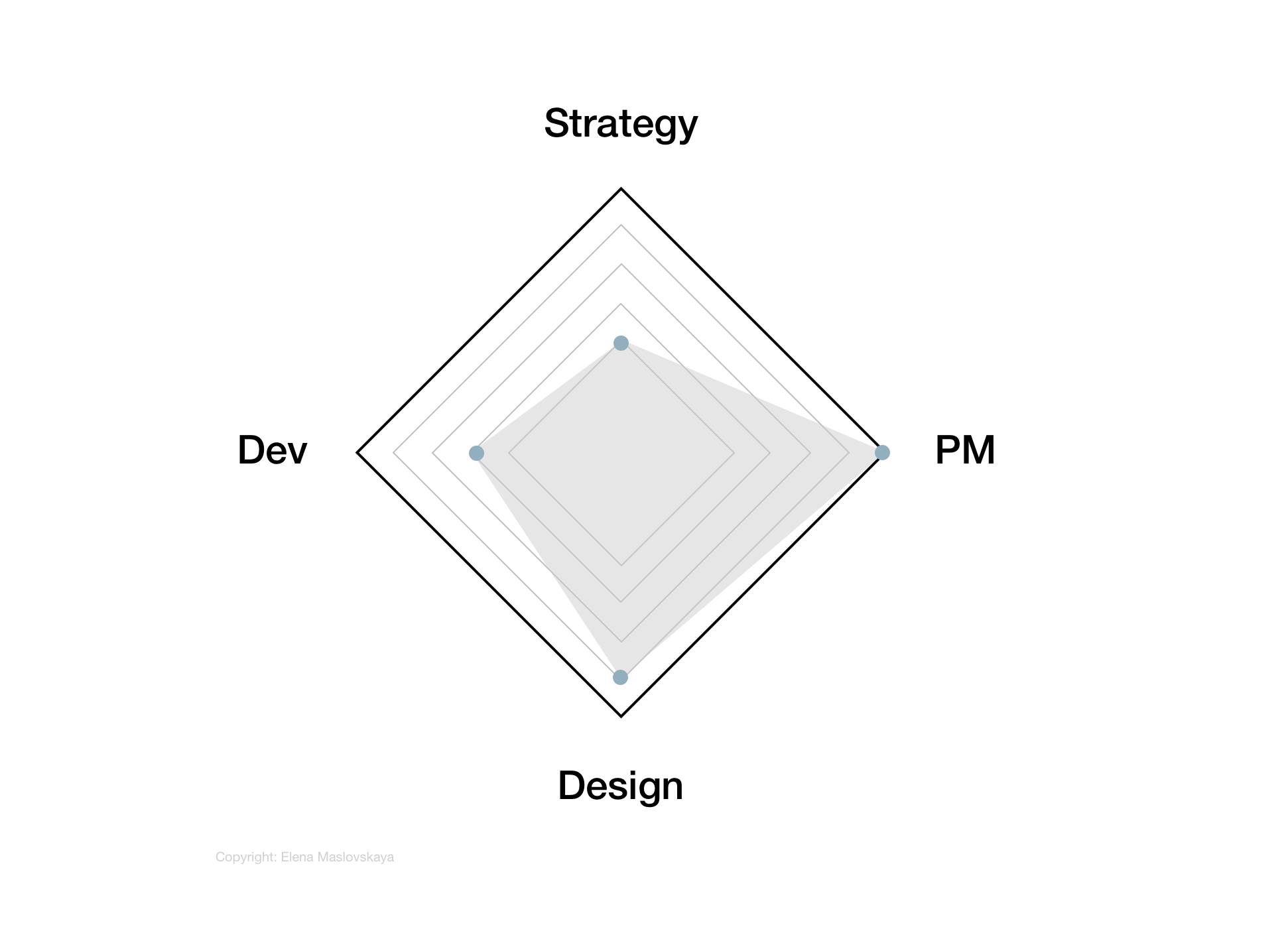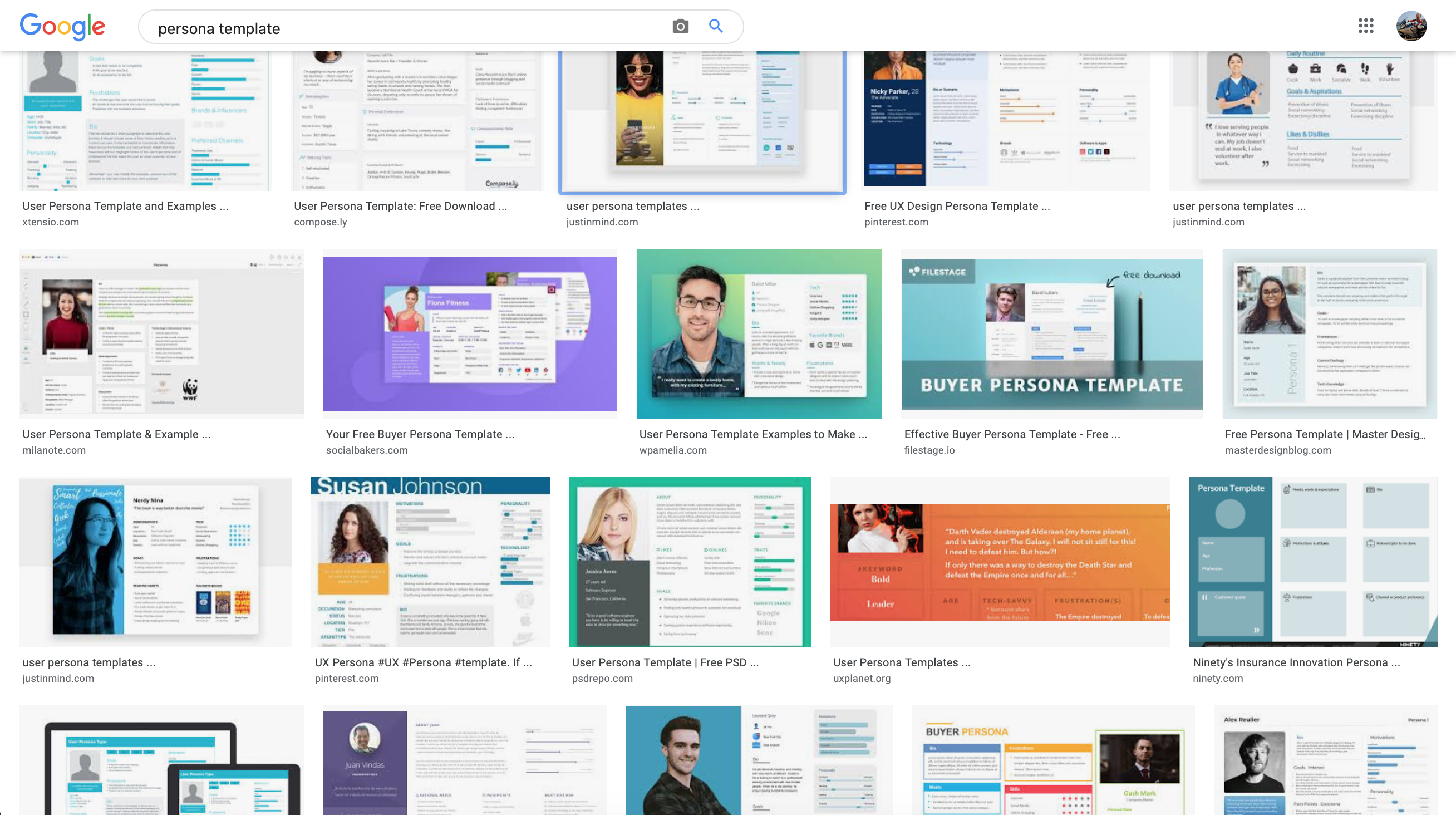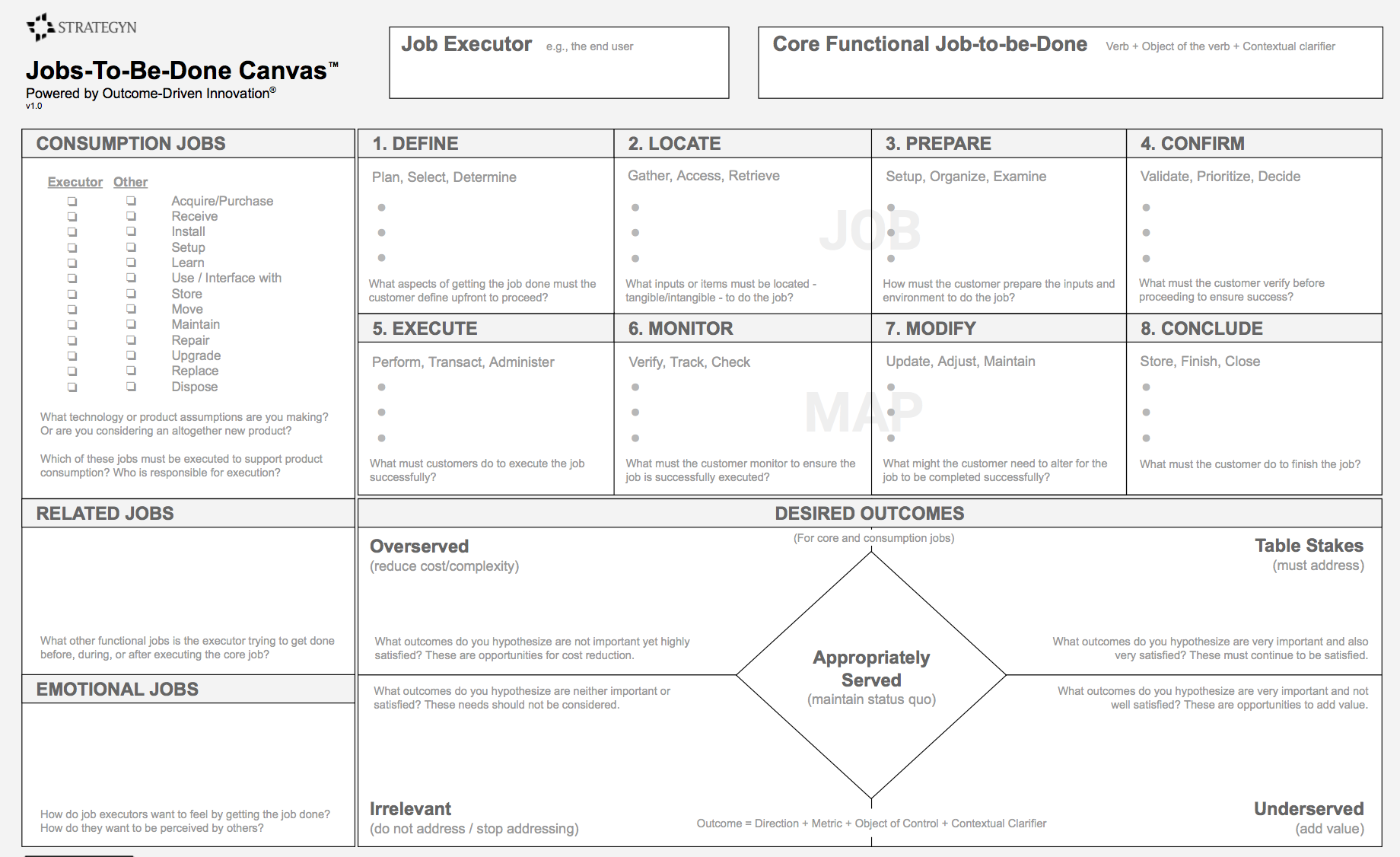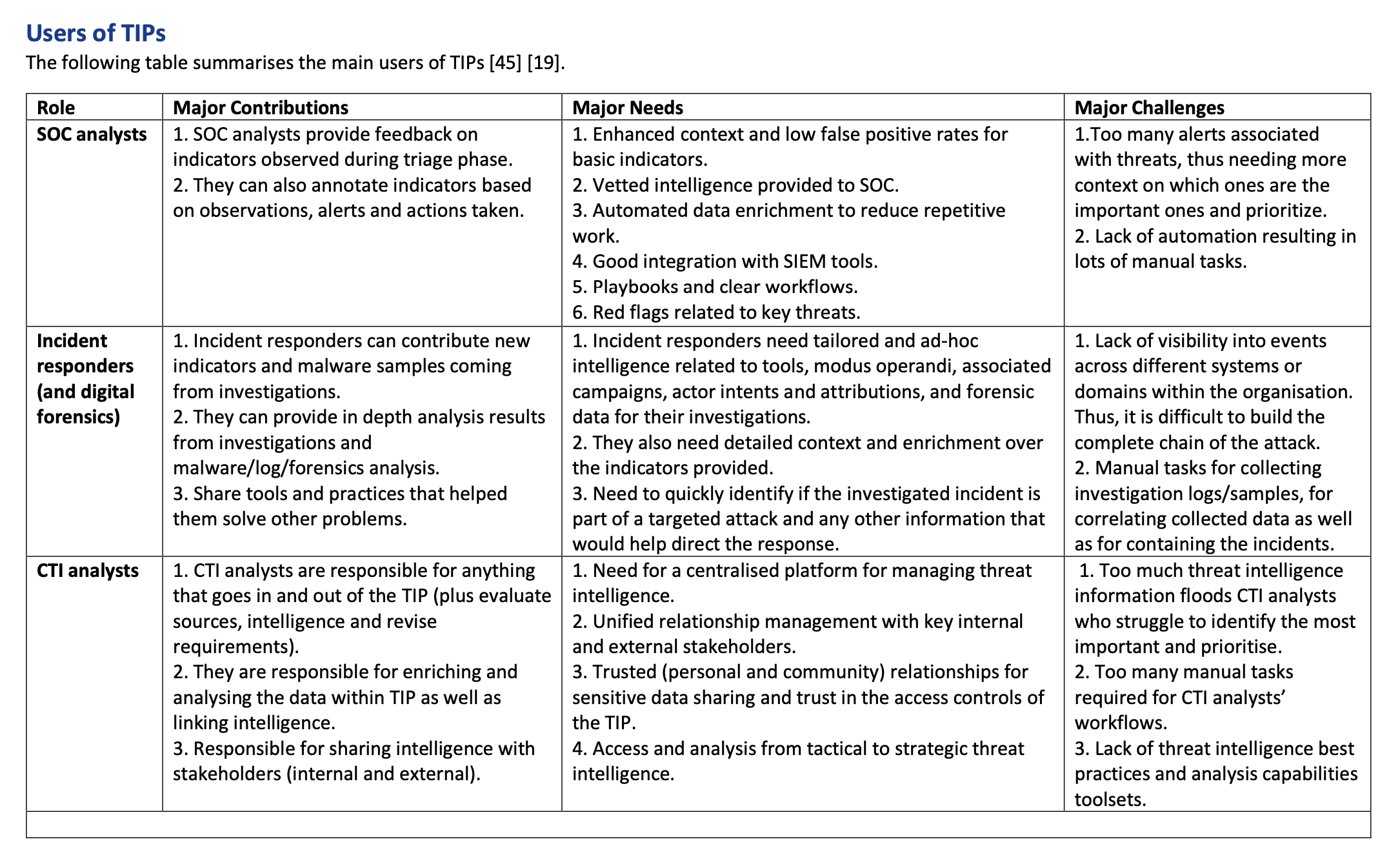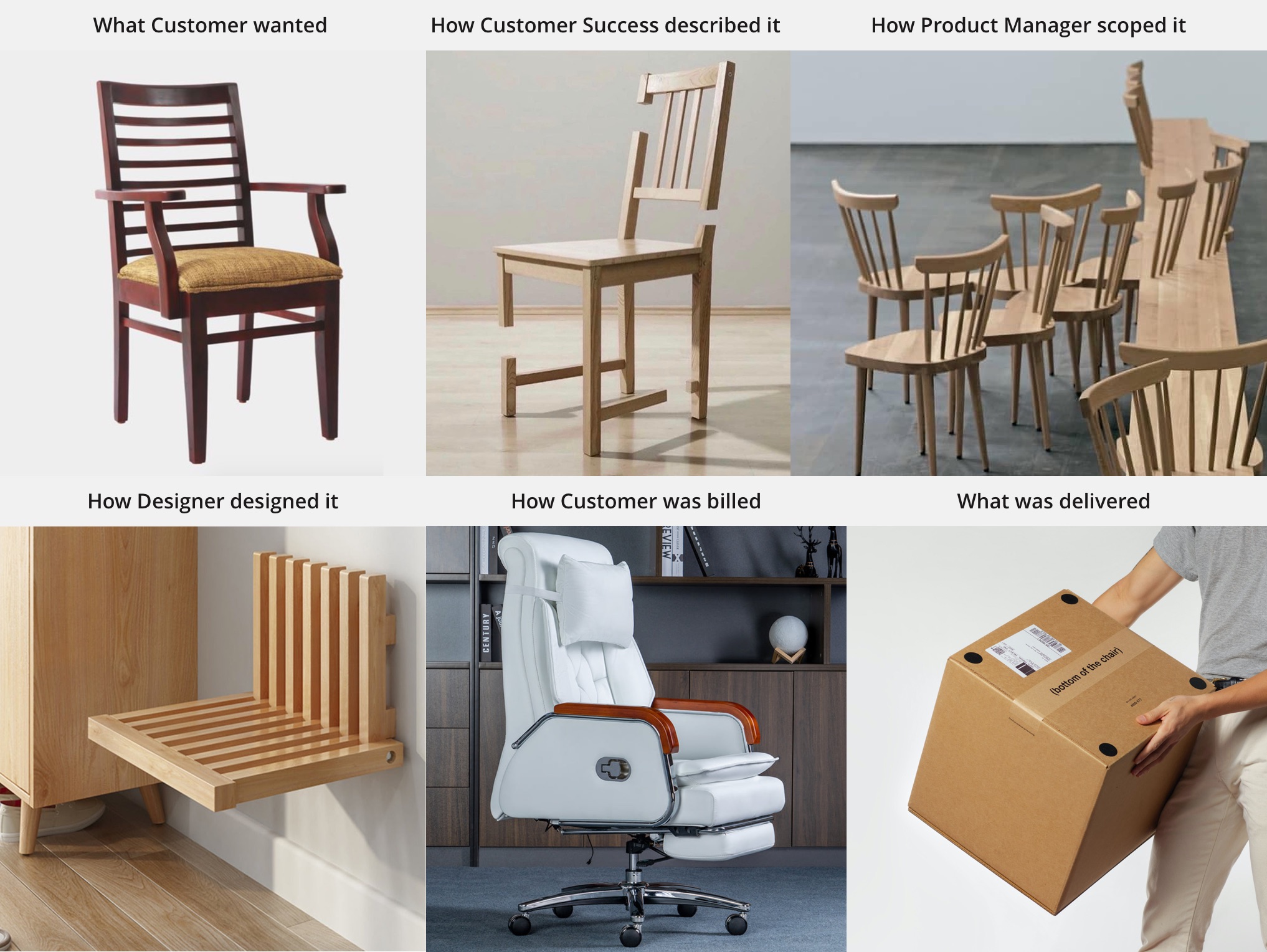I have been designing interfaces for 23 years, working at various companies throughout my career. In the early years, I would receive wireframes from Project Managers and use my visual design toolset to create aesthetically pleasing mockups. The efficiency of my design work was measured by how quickly I could implement the Project Manager’s requests and whether the mockup I created looked good from their perspective.
As I became more experienced, I began to realize that I could do better than the wireframes I was given. I proposed my own variants with less cluttered layouts, but my ideas were often rejected for unknown reasons. I became frustrated with my inability to change the wireframes and decided to learn more about the Project Manager (PM) process. I studied the PMBOK, obtained the PMP certification, and took on the Project Management role.
What I discovered was shocking to me. Product Managers in my organization were not rewarded for “improving user experience”, but rather for delivering X number of feature in Y amount of time.

Nowhere in the “Scope” document I was expected to include the “Usability” or “User Experience” requirements. In fact these additional requirements once added will delay my project from the timely execution. As a Project Manager, I was advised that if I wished to include them, I needed to ensure that they would not adversely affect the project’s schedule or budget.
In a real world, if you plan to bake bread and receive a requirement to change the percentage of flour, you also need to adjust the amount of water accordingly. Neglecting to make this adjustment would result in an unsuccessful outcome, and nobody would want to buy that bread. However, in the digital world, development teams can do so because the impact of adding a new feature is not immediately clear. It may take months for the impact to become apparent, and for the project management team to recognize and address the issues.
Today, PMs do not create wireframes as often as they did 10 years ago. Instead, they create PRDs, but these PRDs still do not include “Usability” or “User Experience” requirements. Without conducting upfront user testing, it is unclear whether a new business-driven feature will enhance or impair the User Experience. However, as with any other project, it is critical to maintain a balance within the system. If the product team keeps adding features to the UI without considering the User Journey, the User Experience will only deteriorate with each new addition.
Project Managers should be rewarded for delivering value to the business while also improving the User Experience.

